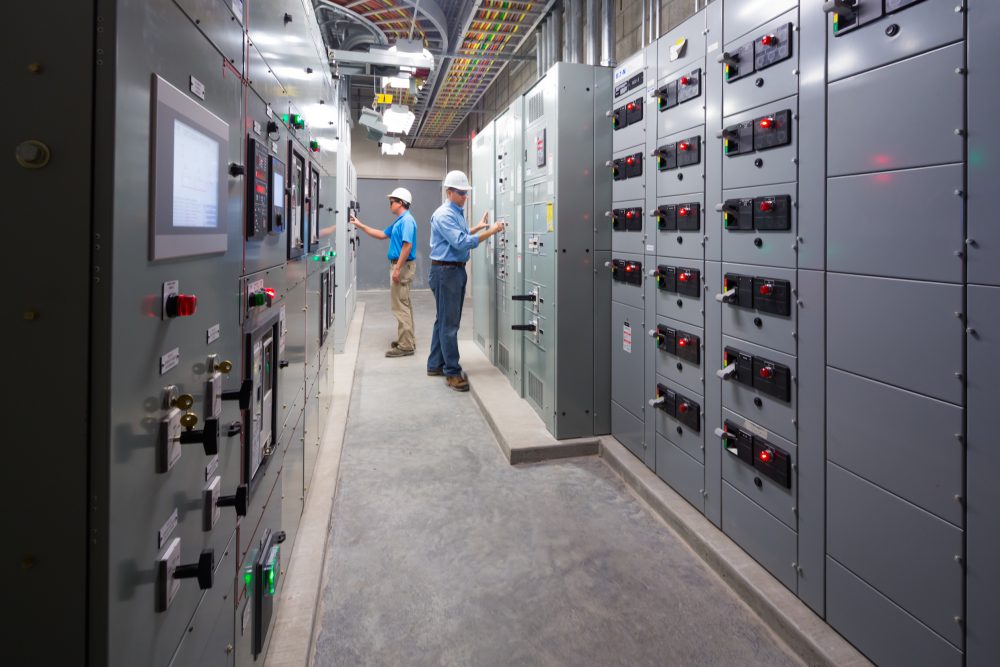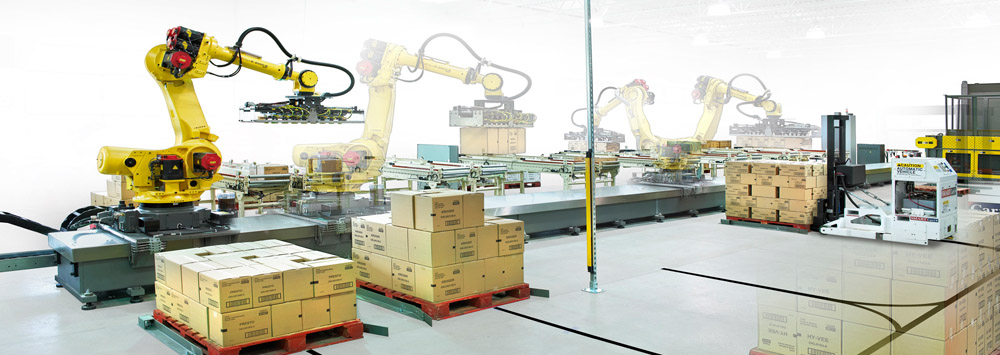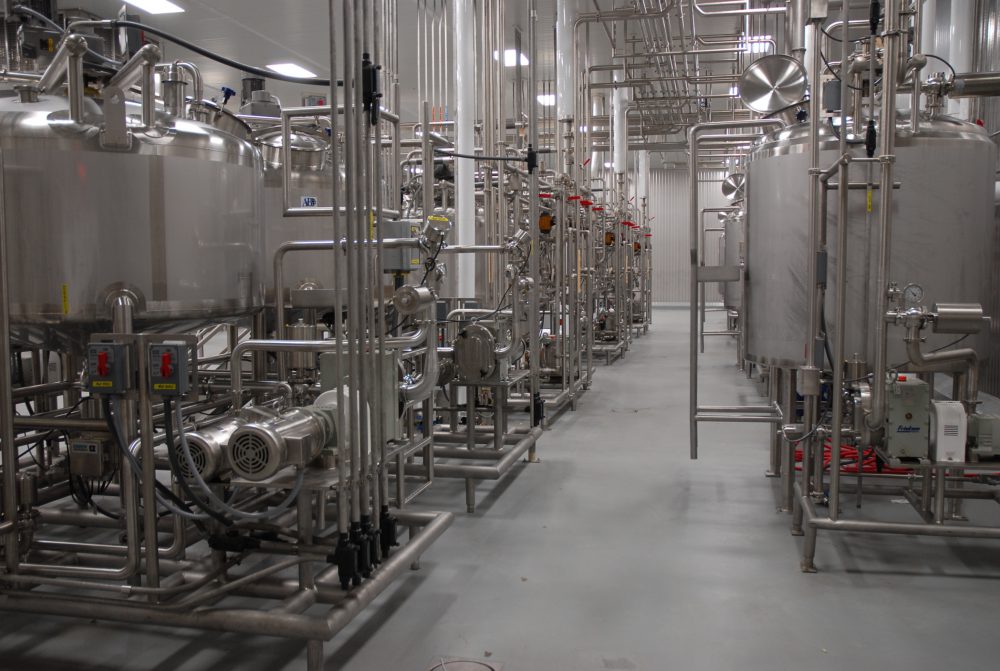Why Stainless Refrigerant Piping is a Better Investment Than Carbon Steel
When deciding on refrigerant piping for your food processing facility, you’re faced with two major options: carbon steel or stainless. While carbon steel, or black pipe, is the industry standard, stainless is a far better investment for your food manufacturing plant due to lifetime costs, maintenance and durability. Continue Reading “Why Stainless Refrigerant Piping is a Better Investment Than Carbon Steel”









